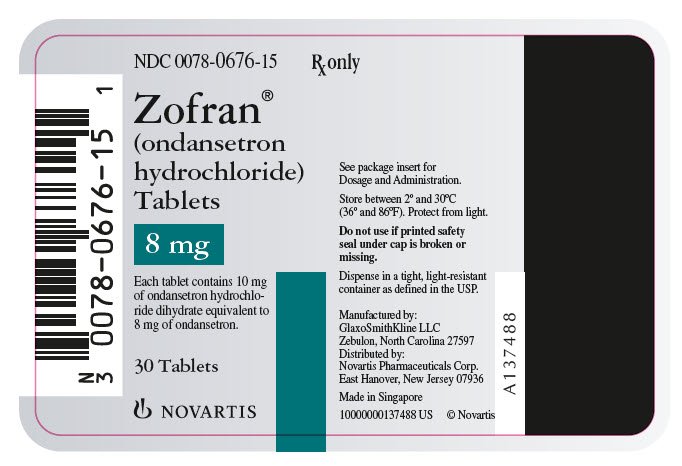Most acetic acid is made by methanol carbonylation, where methanol and carbon monoxide react to produce acetic acid. Acetic acid is one of the simplest carboxylic acids. It is an important chemical reagent and industrial chemical that is used in the production of plastic soft drink.
PubChem CID : 176 Molecular Weight : 60. Sometimes known as ethanoic acid, acetic acid makes up the largest part of vinegar, after water.
Acetic acid – epidemiology

We offer a range of acetic acids, including glacial acetic acid, for. The majority of acetogens produce acetic acid as sole metabolic end product, as the conversion of acetyl-CoA by the enzymes Pta and Ack is an ATP-yielding. A key component of metabolism with applications as a hydrophilic protic solvent, reagent, antibacterial agent. The systematic IUPAC name of acetic acid is ethanoic acid and its chemical formula can also be written as C2H4O2. Vinegar is a solution of acetic acid in water. C at 760 mmHg Average mass : 60.
This chemical was used in alchemy as early as the 3 rd century BC, often as glacial.
Acetic acid (ethanoic acid)

It is used as a reaction promoter in terephthalic. Boiling Point : 118°C Specific Gravity : 1. It possesses a highly distinctive sour taste and quite a pungent smell.
Otherwise known as ethanoic acid, methanecarboxylic acid, hydrogen acetate or ethylic. This product is 84% dilution strength and its applications and uses include process additives. ACUTE HAZARDS, PREVENTION, FIRE FIGHTING. Acetic Acid, Glacial is an excellent solvent for many organic compounds. C Auto-ignition temperature : 485°C Definition of acetic acid – NCI Drug Dictionary – National. Although its mechanism of action is not fully known, undissociated acetic acid may. Storage Unused acetic acid should be discarded at the end of the day.
M sodium borate had non-linear extraction efficiencies. InChI Key, QTBSBXVTEAMEQO-UHFFFAOYSA-N. The European Chemicals Agency (hereinafter “ECHA”) maintains this website ( hereinafter the "ECHA website") to enhance public access to information about its.
Healthcare organizations should take immediate steps to ensure that only diluted acetic acid solutions are used in patient care. It is one of the few chemicals that can be found in most kitchens (as vinegar). Designed for laboratory use in titrations, as a chemical reagent and as a buffer.
Glacial acetic acid: the most dangerous vinegar!

M, Chem-Lab is a clear, colorless solution with a vinegar. In compliance with European Union (EU) legislation for visitors from the EU, Schlumberger requests your permission to place cookies on your computer to both. Methyl orange indicator solution, dropper bottle. Materials: 5 hydrometer cylinders.
Use: Glacial acetic acid, sometimes called ethanoic acid or ethylic acid, is a type of organic acid that is known for giving vinegar its sour taste and smell. As a result of the draft screening assessment, the Government is proposing that acetic acid is not harmful to human health or to the environment. It is a colorless liquid that when undiluted is.
Chemically, acetic acid, also known as ethanoic acid, is a colorless liquid organic compound with the chemical formula CH3CO2H.



